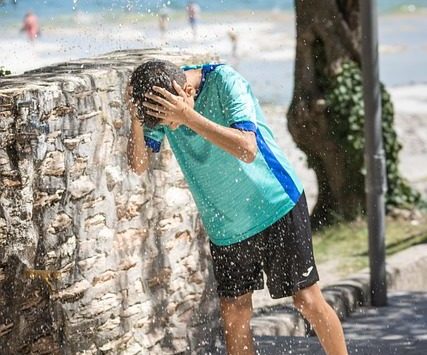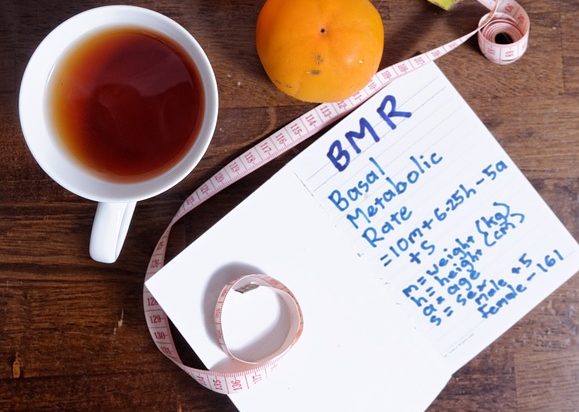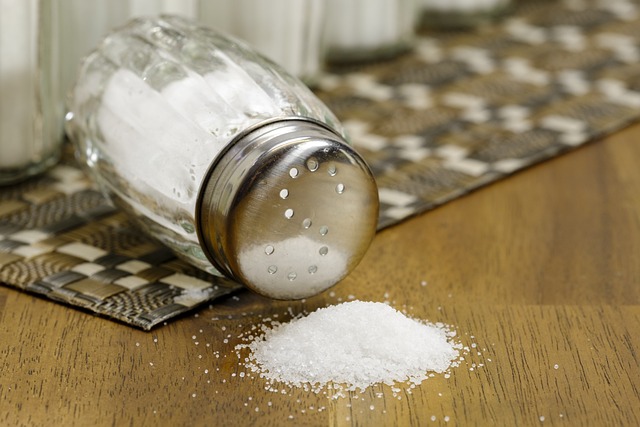As the summer heat intensifies, it’s important to be aware of the risks associated with prolonged exposure to high temperatures. Heat stroke, a severe heat-related emergency, can have serious consequences if not recognized and treated promptly. In this article, we will explore what heat stroke is, its symptoms, who is at risk, how it occurs, and most importantly, how to prevent and treat this potentially life-threatening condition.
What is Heat Stroke?
Heat stroke is the most severe form of heat-related illness, characterized by a dangerous elevation in body temperature (usually above 104°F or 40°C) resulting from prolonged exposure to high temperatures. It occurs when the body’s internal cooling mechanisms fail to regulate body temperature effectively.
Recognizing the Symptoms
Identifying the signs of heat stroke is crucial for early intervention. Look out for the following symptoms:
- High Body Temperature: A core body temperature above 104°F (40°C) is a primary indicator of heat stroke. Use a thermometer to measure temperature if possible.
- Altered Mental State: Heat stroke can cause confusion, agitation, delirium, irritability, or even seizures. The affected person may appear disoriented or have difficulty speaking.
- Hot, Dry Skin: Unlike other heat-related conditions, heat stroke often presents with hot, dry skin due to the body’s inability to sweat and cool down.
- Rapid and Strong Pulse: The heart rate may become elevated as the body attempts to regulate temperature. The pulse may be strong and racing.
- Rapid, Shallow Breathing: Breathing may become rapid and shallow as the body tries to cool itself.
- Headache, Dizziness, and Nausea: Individuals with heat stroke may experience severe headaches, dizziness, and feelings of nausea or vomiting.
Who is at Risk and How Heat Stroke Occurs
Certain factors can increase the risk of developing heat stroke. They include:
- High Temperatures and Humidity: Exposure to extreme heat and high humidity levels increases the risk of heat stroke.
- Age and Health Conditions: Infants, young children, the elderly, and individuals with chronic illnesses, such as heart disease or respiratory conditions, are more vulnerable to heat stroke.
- Strenuous Activity: Engaging in intense physical exertion or prolonged outdoor activities in hot environments without adequate rest and hydration raises the risk.
- Medications and Substances: Certain medications, such as diuretics and antihistamines, can interfere with the body’s ability to regulate temperature. Alcohol and stimulant use can also contribute to dehydration and impair heat tolerance.
Prevention and Treatment
Preventing heat stroke is crucial, and taking proactive measures can make a significant difference. Here are some preventive measures and treatment strategies to consider:
- Stay Hydrated: Drink plenty of water before, during, and after outdoor activities. Avoid excessive caffeine or alcohol consumption as they can contribute to dehydration.
- Dress Appropriately: Wear lightweight, loose-fitting, and breathable clothing that allows air circulation. Use a wide-brimmed hat and sunglasses to protect yourself from the sun.
- Limit Outdoor Activities: Minimize time spent outdoors during the hottest hours of the day, especially in peak summer heat.
- Seek Shade and Cool Environments: When outside, find shade whenever possible, and take breaks in air-conditioned or well-ventilated areas to allow your body to cool down.
- Use Sunscreen: Apply sunscreen with a high SPF to protect your skin from sunburn, which can impair the body’s ability to dissipate heat effectively.
- Monitor at-risk Individuals: Keep a close eye on infants, young children, the elderly, and those with pre-existing health conditions, ensuring they stay hydrated and avoid excessive heat exposure.
- Act Promptly: If someone shows symptoms of heat stroke, take immediate action. Move them to a cooler area, remove excess clothing, and fan the person while applying cool water or ice packs to the skin. Call for emergency medical assistance.
Heat stroke is a serious condition that demands attention, particularly during the hot summer months. By understanding the symptoms and taking preventive measures, we can significantly reduce the likelihood of heat stroke. Stay cool, stay hydrated, and be vigilant in keeping yourself and others safe from the dangers of extreme heat.
Image by Jesús Mompó from Pixabay
Health Topics
-

Ultimate Gudie to Manage Arthritis Through Diet and Lifestyle Changes
Arthritis, a condition characterized by joint inflammation and pain, affects millions of individuals worldwide. While medical interventions play a crucial role in managing symptoms, adopting the right diet and lifestyle changes can significantly contribute to improved quality of life for arthritis sufferers. This article offers a comprehensive guide to managing arthritis through dietary choices and…
-

What is Arthritis and its Symptoms -Dispelling Common Misconceptions
-

The Role of Salt in Hydration – Why You Need Balance?
-

Understanding BMI (Body Mass Index) and Its Importance for Health
-

How to Manage Overactive Bladder with These Remedies Naturally
-

How to Manage Chronic Inflammation with Natural Supplements and Herbs









Leave a Reply